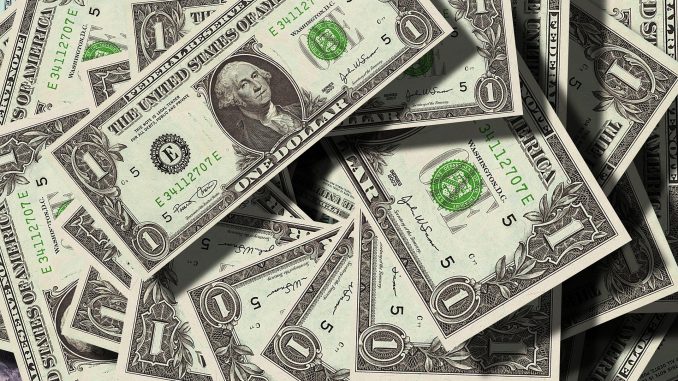
The situation of the Treasury’s expenses and resources (SCRT) at the end of August 2022 shows a budget deficit of 30.4 billion dirhams (MMDH), compared to 43.3 MMDH a year earlier, according to the Ministry of Economy and Finance.
This evolution covers an increase in revenue (+33.5 MMDH) greater than that of overall expenditure (+20.6 MMDH), says the ministry in a document on the situation of the Treasury’s expenses and resources (SCRT) in August 2022.
In detail, revenues recorded, on a net basis of tax refunds, rebates and restitutions, an improvement of 21% compared to the end of August 2021 and a realization rate of 73.5% compared to the forecasts of the Finance Act (LF).
For their part, tax revenues have shown a good overall performance, with an increase of 19.8%, thus recording a rate of achievement of 75.1% and this, despite the increase in refunds, rebates and tax refunds which have covered a total amount of 9.4 billion dirhams.
For their part, non-tax revenues amounted to nearly 23.4 billion dirhams. Revenues from public institutions and companies reached 7.1 billion dirhams, including 4 billion dirhams paid by OCP, 2.2 billion dirhams by the National Agency for Land Conservation, Cadastre and Cartography (ANCFCC) and 505 million dirhams (MDH) by Bank Al-Maghrib.
Other revenues” amounted to 16.3 billion dirhams, including 10.2 billion dirhams in innovative financing. The SCRT also reports an increase in ordinary expenditure of nearly 22 billion dirhams (+12.9%) and an implementation rate of 73.5%. This increase compared to the end of August 2021 is mainly due to the rise in compensation expenses (+15.9 billion dirhams) and expenditures on goods and services (+5.1 billion dirhams).
The increase in compensation expenses is attributable, in particular, to the rise in the price of butane gas, which reached an average of $801.5/T. These expenses amounted to 28.6 billion dirhams, a rate of achievement of 84.5% compared to the updated forecast for this purpose (33.8 billion dirhams). These expenses include subsidies granted to professionals in the transport sector for an amount of 2.1 billion dirhams and this, in the framework of measures decided by the government to cope with the increase in the price of energy products.
The increase in expenditure on goods and services covers an amount of MAD 1.9 billion for “other goods and services” and MAD 3.3 billion for personnel costs. Interest on debt rose by MAD 940 million to MAD 23.4 million, reflecting an increase in interest on domestic debt (up by MAD 1 million) and a slight decline in interest on foreign debt (down by MAD 61 million).
These developments in ordinary revenues and expenditures resulted in a positive ordinary balance of 779 million dirhams, compared to a negative balance of 10.7 million dirhams at the end of August 2021. Regarding capital expenditure, the document stresses that the issues reached 47.2 MMDH, against 42.3 MMDH a year earlier, noting that compared to the forecasts of the LF-2022, their realization rate amounted to nearly 60.5%.
For their part, the special Treasury accounts (CST) showed a surplus balance of nearly 16 MMDH, compared to 9.8 MMDH at the end of August 2021.
The resources of the Treasury’s special accounts include 6.4 billion dirhams corresponding to the proceeds of the social solidarity contribution on profits and income, allocated to the Support Fund for Social Protection and Social Cohesion.
The SCRT is the statistical document that presents, on behalf of the Ministry of the Economy and Finance, the results of the execution of the Finance Act forecasts with a comparison to the achievements of the same period of the previous year.
While the situation produced by the Kingdom’s General Treasury (TGR) is fundamentally accounting in nature, the SCRT captures, as recommended by international standards for government finance statistics, the economic transactions carried out during a budget period by describing, in terms of flows, ordinary revenues, ordinary expenditures, investment expenditures, the budget deficit, the financing requirement and the financing mobilized to cover this requirement.

Be the first to comment